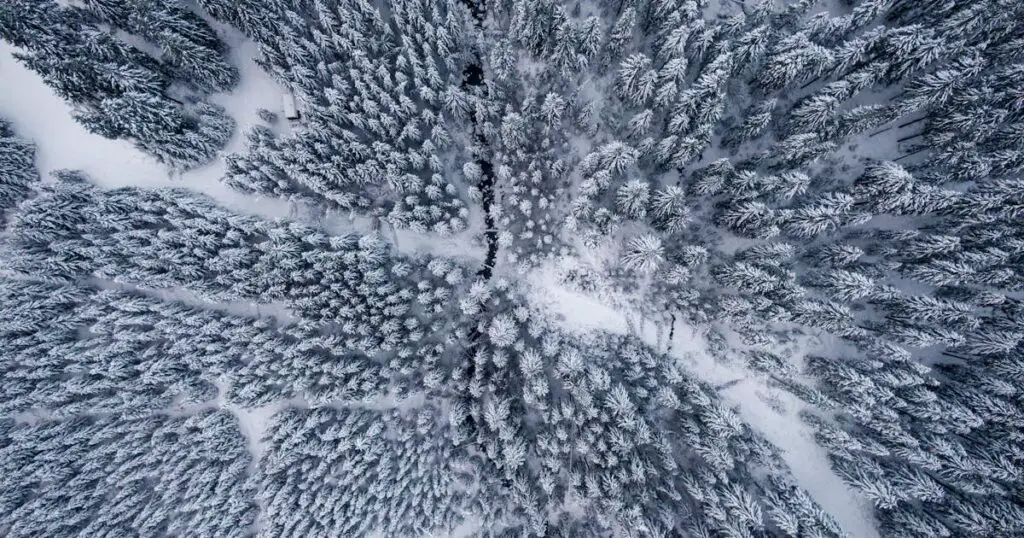key takeaway: The key takeaway from exploring ideas for nature photography lies in the profound appreciation it nurtures for the often-overlooked details of our natural world. Whether it's the intricate patterns of flowers and leaves, the vibrant hues of fruits, berries, and seed pods, the mesmerizing effect of water droplets, or the serene beauty found in reflections, nature photography invites us to pause, observe, and connect.
Through this lens, photographers can highlight the extraordinary within the ordinary, urging both themselves and their audience to cherish and protect the beauty that surrounds us daily.

As summer approaches and nature awakens from its slumber, it’s the perfect time to grab a camera and explore the great outdoors. From vibrant flowers to tranquil water droplets, an endless array of subjects is waiting to be captured through your lens.
This article will discuss some ideas for nature photography that will inspire you to venture into the natural world. Whether you are a local resident looking for new spots to capture or a cultural enthusiast seeking to document the beauty of different landscapes, this article is for you. So grab your camera and let’s dive into the world of nature photography!
Flowers and Leaves: A Burst of Color
Flowers and leaves are some of the most captivating subjects in nature photography. With their vibrant colors and intricate details, they can add a burst of life to your photographs. A macro lens is one of the best ways to capture these delicate beauties. This will allow you to get up close and personal with your subject, highlighting every tiny detail.
Pro Tip: Pay attention to the lighting when photographing flowers and leaves. Soft, diffused light works best for capturing the true colors and details of these subjects. Avoid direct sunlight as it can create harsh shadows and wash out the colors.
Experimenting with different angles and perspectives is another great way to add interest to your flower and leaf photography. Get low to the ground for a unique viewpoint, or try shooting from above to capture the patterns and shapes of the leaves.
Fruit, Berries, and Seed Pods: A Twist on Traditional Nature Photography
While flowers and leaves are popular subjects in nature photography, don’t overlook the beauty of fruit, berries, and seed pods. These often-overlooked subjects can add a unique twist to your photographs.
When photographing these subjects, look for interesting textures and patterns. You can also play with different backgrounds, such as a rustic wooden surface or a bright solid color, to make your subject stand out.

Pro Tip: Don’t be afraid to get creative with your composition. For example, try arranging different fruits or berries visually appealingly or capturing their reflection in a nearby body of water.
Water Droplets: A Magical World in Miniature
Water droplets are one of the most mesmerizing subjects in nature photography. They can transform even the most ordinary objects into a magical world in miniature.
You will need some basic equipment such as a tripod and macro lens to capture stunning water droplet photos. You will also need a spray bottle filled with water to create the droplets. Experiment with different surfaces and objects, such as flowers or leaves, to capture unique reflections in the droplets.
Pro Tip: To make your water droplet photos even more eye-catching, try adding a colored background behind your subject. This will create a beautiful contrast and add depth to your photographs.
Reflections: A Mirror Image of Nature
Reflections are another fantastic way to add interest and creativity to your nature photography. Whether it’s a reflection in a calm lake or a puddle on the ground, they can create a mirror image of the natural world.
When photographing reflections, look for still bodies of water that will provide a clear and crisp reflection. Experiment with different angles to capture unique perspectives, such as shooting from a low angle to create a symmetrical reflection.

Pro Tip: Include people or animals in your reflection shots to add a point of interest and tell a story through your photograph.
FAQs
In this section, we will be delving into some of the most common inquiries and curiosities that surround our topic.
Can I use my smartphone for nature photography?
Yes, you can certainly use your smartphone for nature photography. However, investing in a good-quality camera and lenses will allow you to capture more detail and have more control over your shots.
Do I need to travel far for good nature photography spots?
While there are certainly many beautiful locations around the world, you don’t need to travel far to find good nature photography spots. Look for parks, gardens, or even your own backyard for unique and interesting subjects.
What time of day is best for nature photography?
The best time of day for nature photography is typically during the golden hour, which is the hour before sunrise or after sunset. This soft, warm light creates a beautiful glow in your photographs.
Conclusion: Ideas for Nature Photography
Nature photography allows us to appreciate and capture the beauty of Mother Nature in all its forms. From flowers and leaves to reflections and water droplets, there are endless ideas and subjects waiting to be explored. So grab your camera, head outside, and let nature be your muse. Happy shooting! End of Document
By avoiding the use of termination phrases, we can keep our readers engaged until the end of the article.



Leave a Comment
You must be logged in to post a comment.